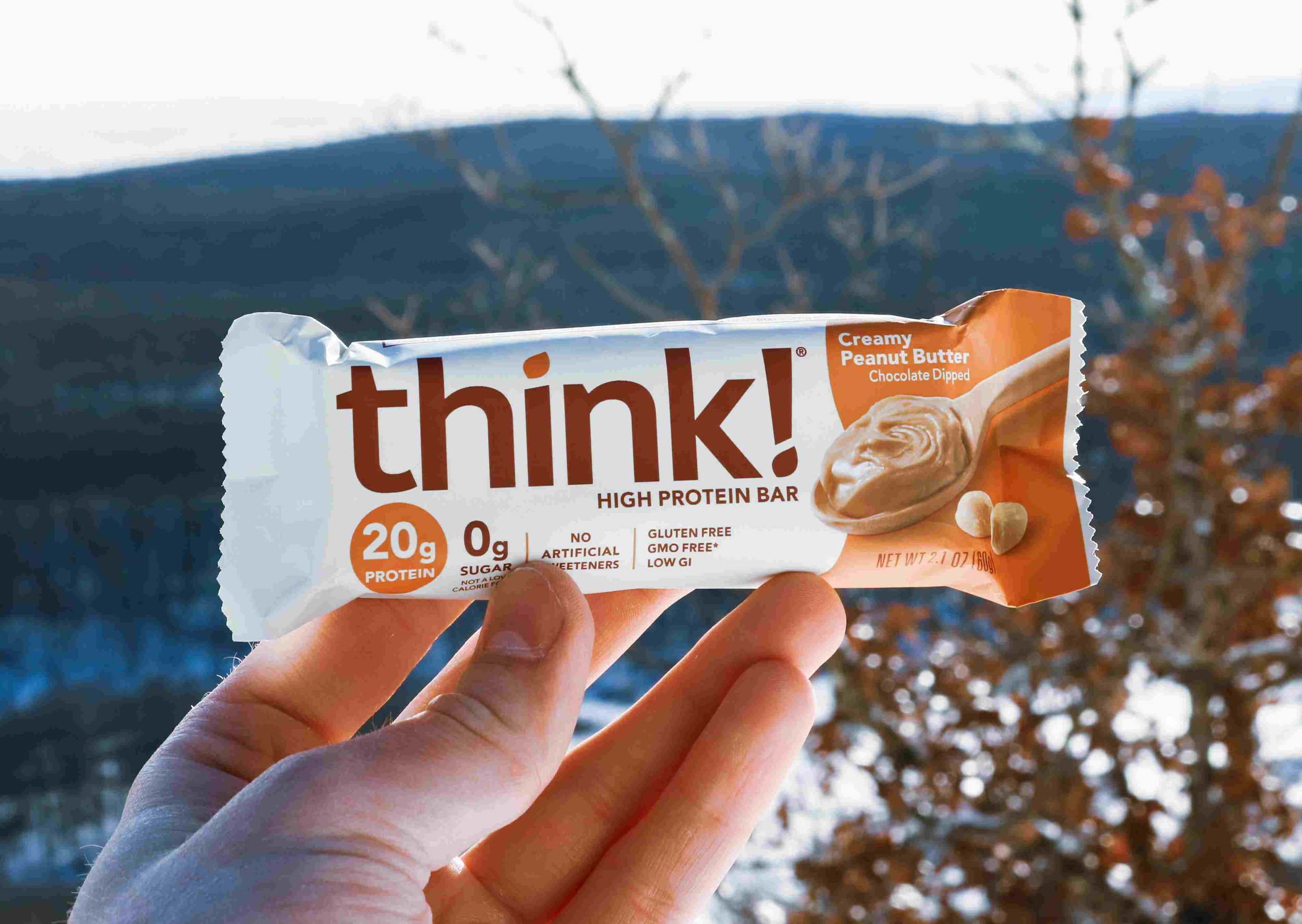Protein Bars Unwrapped: Finding the Best Macro-Friendly Protein Bars
Choosing the right “macro-friendly” protein bar can feel like spotting a snowflake in a blizzard—especially when marketing doesn't make it clear whether the product is actually a protein bar or more of a glorified candy bar. Protein bars can absolutely have a place in your daily intake, but it’s important to know what you’re really buying.
Protein bars can be a tool in your arsenal, but they definitely are not magic wands. The same can be said of protein shakes. Think of them as a “spare tire”—something to use in a pinch when your usual, more nutrient-dense options aren’t available.
When you’re in a calorie deficit, the goal isn’t just to hit your protein intake goal but to FEEL FULL doing it. While a protein bar might seem convenient, compare it to a plate of chicken thighs with roasted veggies--that bar will take up a fraction of the space in your stomach compared to a big plate of nutrient-dense foods. That’s why I recommend leaning into minimally processed foods (which are higher in volume and will keep you full longer!) first and using protein bars to fill in gaps as needed.
That’s not to say you shouldn’t enjoy protein bars -- there are great options out there that are favorites based on taste and affordability -- but let’s dive into the meat and potatoes [well, actually a bar] of what actually makes a protein bar WORTH your time, macros, and money.
How Much Protein Are You Getting?
One of the most important questions to ask yourself is whether the bar is actually a protein bar—or just a dressed-up candy bar. So I suggest you look for bars where at least 30% of the calories come from protein. If the protein content is low compared to the carbs and fat, you’re likely eating a chalky dessert masquerading as a protein bar.
For example, a bar with 20g of protein, 8g of fat, and 20g of carbs has about 34% of its calories coming from protein. That’s a pretty good choice.
What’s the Protein Source?
Not all proteins are created equal, and picking a bar with a protein source that aligns with your preferences and digestion is important. Many bars use whey or casein, which are excellent, complete protein sources. If you’re plant-based, look for soy, pea, or rice protein bars. Pea protein can be a great alternative if you're sensitive to dairy. It’s not just about what’s on the label—it’s about how it makes you feel and what suits your preferences.
Find Some Fiber
Protein isn’t the only thing keeping you full. Fiber is another big player here, and a good protein bar can do double duty by helping you get closer to your 25-35g fiber per day goal. Look for bars with at least 5g of fiber—not just to keep you satiated but also to help your digestion and blood sugar regulation.
Sweeteners and Digestive Issues
Sugar alcohols and artificial sweeteners are great for keeping sugar content low, but they don’t always play nicely with everyone’s digestive system. It might be the sweeteners if you’ve ever had a bar and felt off afterward (i.e. rushing to the nearest toilet). Pay attention to how your body responds, and if sugar alcohols aren’t your thing, look for bars with less sugar alcohols or artificial sweeteners.
My Favorite Macro-Friendly Protein Bars
At the end of the day, if it doesn’t taste good to YOU, it’s not worth forcing it down. The protein bar universe is full of options, so let me share a few of my favorites:
David: New on the market and pretty miraculous for the high protein and low cals. Approximately 28p/1.5f/14c.
Built Bars: Soft, chewy, and almost caramel- or marshmallow-like in consistency. Approximately 19p/3.5f/15c.
Barebells: Soft on the inside with just a hint of crunch on the outside. Approximately 20p/7f/20c.
Fulfil Bars: A mix of creamy and crunchy, depending on the flavor. Approximately 15p/6f/14c.
Anabars: Definitely like candy bars in disguise, with a cookie-like texture. Approximately 20p/11f/31c.
Costco Protein Bars: Dense, chewy, and hard to beat for the price. Approximately 21p/7f/22c.
The goal is to find a bar that aligns with your needs, tastes good, and is something you can use as a helpful addition—not the foundation. Remember, no bar will replace the satiation or nutrient density of minimally processed foods, but when used wisely, they can make hitting your protein goals much easier.
Need more no-nonsense nutrition information in your life? Sign up for my weekly email each Friday. Get nutritional nuggets, recipes, troubleshooting, and more reasons to ditch restrictive diets and find a flexible (and enjoyable) approach to your nutrition.
